I was recently in Austria and met and talked to a lot of growers who have become clear about how biodynamics is positively shaping their wines. Of course, winemaking plays its part, but in many cases, it is about making the connection between the wine, the winemaking, the fruit and the farming. It sounds simple, but it all stems from a feeling about wine.
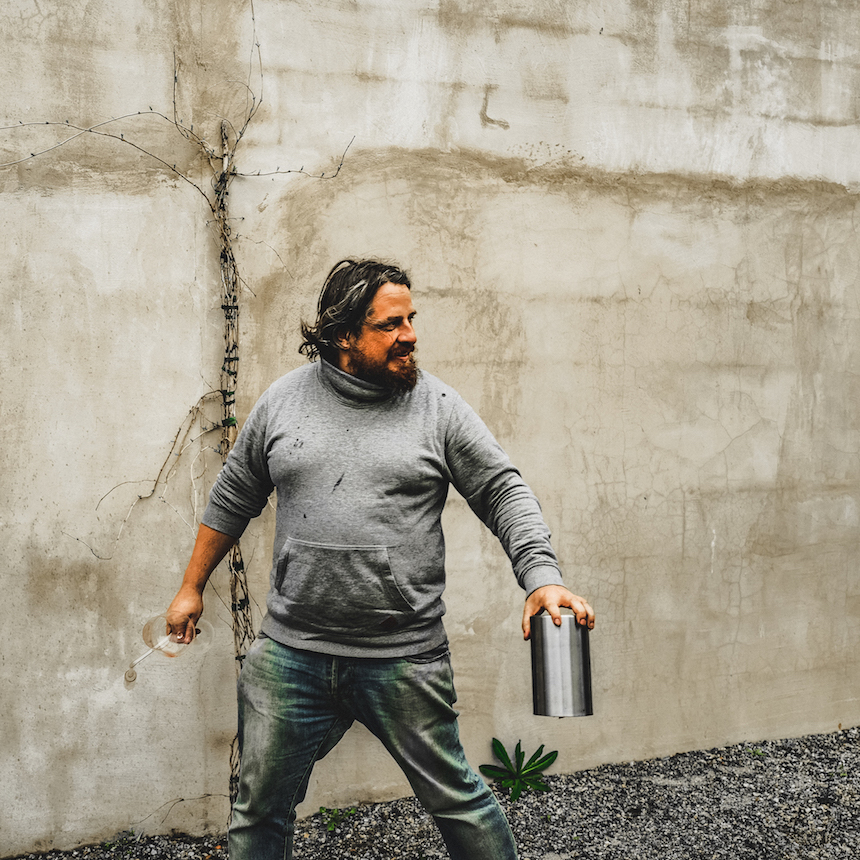
Take Christian Tschida. His wines have always been striking with some of the enfant terrible/the contrarian about them. He talked about the vineyard, but the wines became the style. They were excellent; you also knew that you were drinking them.
Christian recounted his experience when he visited Japan to promote the wines. He was drinking one of them with Japanese food, and not enjoying the experience. If wine was not for food and for pleasure, then what was it for. He realised he needed to find a different balance in his wines, take his hand off the reins (so to speak). What we tasted was brighter, fresher, more fluid. Christian himself seemed happier, more in tune with the wines, whereas before I felt he had detached from them – as if they had become artefacts to admire.
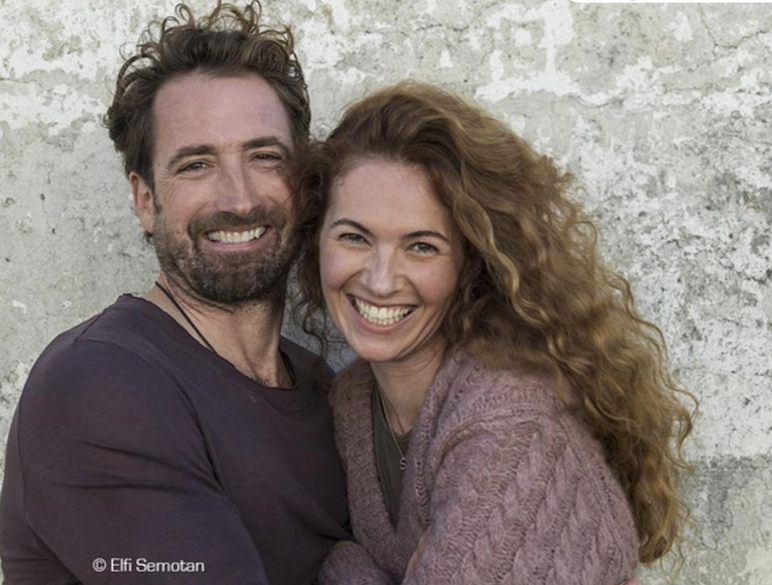
At Gut Oggau, we were enjoined to think of the wines not as expressions of grape varieties, but as personalities speaking in the voices of different vines from different terroirs. Biodynamics helped to liberate these voices and allowed them to articulate their message. Eduard showed a wine from an old vineyard that they do not touch (no pruning), but that they decided to reanimate with biodynamic preparations. You feel the urgent sappiness in these wines.
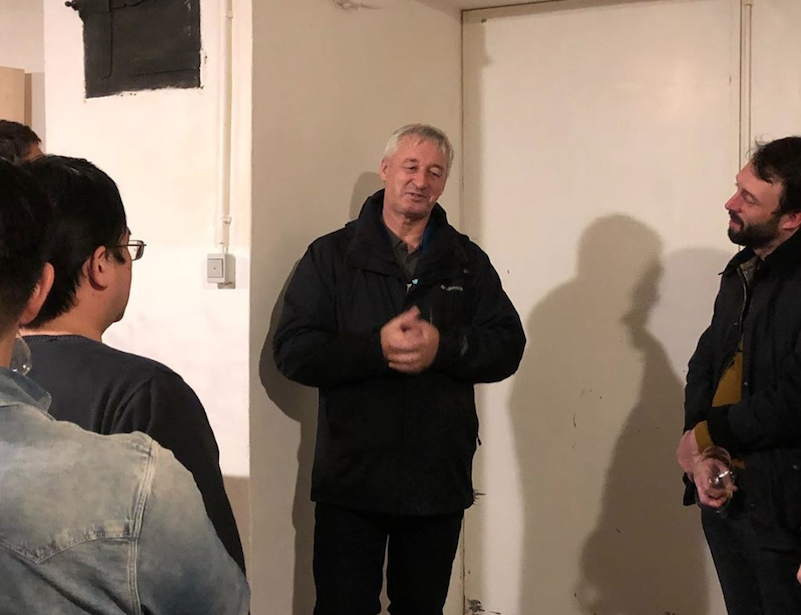
A couple of days later, Sepp Muster led us into his cellar. He talked about farming and how they work in the cellar. He also reiterated that he was not focused on grape variety but the life and energy in the product itself. Every action was based on allowing that those forces (derived from nature) to express themselves.
“In the beginning, we simply wanted to move closer to the world which surrounds and centres us. It is all about being linked, not losing contact with soil, producing living dynamic wines. In other words, it is about finding the essence of what is natural. At the end of this journey, we have simply realised that it is necessary to trust Mother Nature. It is perhaps not always easy, but this yields wines that truly reflect this fundamental faith.”
“The soil is our future and that of our children. Handing it down to following generation in a healthy state is our greatest responsibility. Thus, we consider the vine to be a living organism. All that we do is dedicated to maintaining the vitality of the soil, the plants and the animals.”
He describes their work in the vines and the cellar as a “gentle accompaniment.” He did not think that putting growers or wineries into boxes (the biodynamic box, the Demeter box, the natural box) helped, as he was making wine, an energetic product, not something to please a certain audience. He does particular things – he tries to keep the harvest together and fills the barrels with; he speaks about using the tension between reduction and oxidation during the maturation in the barrel. If the wines are released too early, then the reductive phase can be longer (up to a year), whereas those that spend two winters and summers ageing tend to have a 3-4 month reductive period. This might also account for the incredible resilience of the wines once they are opened and their alternating cycles of being open and closed.
Sepp explains calmly and clearly the nature of the wine cycle in such a way that you end up tasting the wines for themselves and not with any preconceived ideas of quality or style. It is almost not a question of whether you or he or Maria (he says their tastes very different, for example) likes the wines; but that they are what they are.
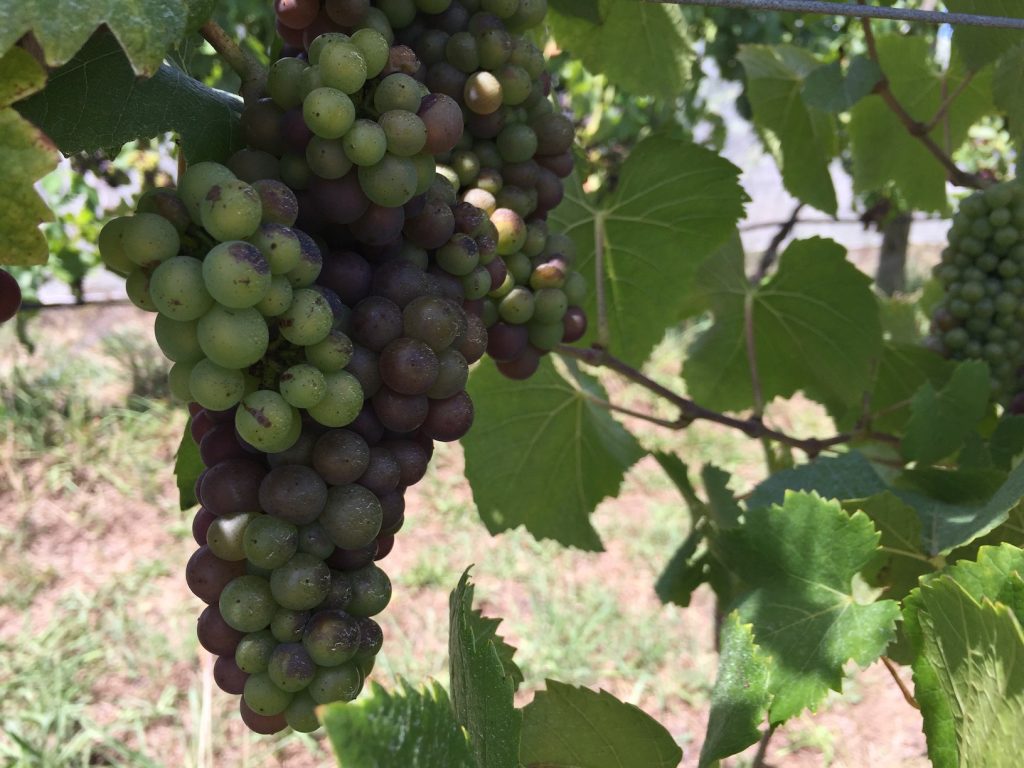
Thierry Germain’s approach: Pas de Deux and more
For Thierry Germain, biodynamics is not just a recipe that one applies to a vineyard, it is a way of being that can only exist if the whole team dedicates and immerses itself in it. Here is his step-by-step approach to winemaking with particular reference to biodynamics.
Small steps:
The first trials in 2006 enable a communication with the vineyard to be established. Trained thus, the vine stretches and soars freely, welcoming light from all sides.
Understanding (the needs of the vine) and not restraining. To prune respecting the logical flow of the sap.
To guide the budding vine in order to allow it to breathe more freely.
Do not cut the vine’s arms.
Do not let it bleed.
Do not inflict any wounds.
And do not cause it stress in order to achieve maturity.
By leaving the plant to fulfil its own cycle and allowing the tendrils to develop, we encourage the good nourishment of the fruit.
Similarly, do not mow, let each plant grow until seed formation occurs to encourage biodiversity and boost the development of yeasts.
Mother Earth is the cradle of life. All focus is on this maternal cocoon in order for vegetation to finally soar towards air and light, its vital source of energy.
Crossing the Line:
Black means over-ripeness, death.
Colour means life.
To harvest when there is still crunch in the fruit and the skins are still firm.
Going towards the ideal of whole bunch grapes: the energy is protected by the skin with minimal handling in order to preserve purity.
Good Ripening
Get hold of the grapes while the tannins are still refreshing and before the alcohol weighs it down.
A good balance between the vine and the soil allows for an earlier harvest and ripeness is achieved before the alcoholic potential gets too high. Minerality is maintained, preventing collapse into over-ripeness. The essential tension exists thanks to an acidity that is balanced and ripe. Such an acidity cannot exist in a plant under pressure.
Good Parenting
Again, let’s avoid manipulating the wine and listen to its message. Let’s find the perfect vessel and always work with bigger volumes to preserve the fruit. For whites, oval foudres, in order to favour height rather than width.
For reds, round foudres from the Loire, to keep the fleshiness of the middle palate, as well as preserve the essential floral notes.
To keep the wine in its own element, in order not to shock it, so that it remains close to its roots.
If one is searching for life in wine, we need to eradicate anything that would prevent its existence. Levels of SO2 are carefully thought through, and risks assessed according to each vintage.
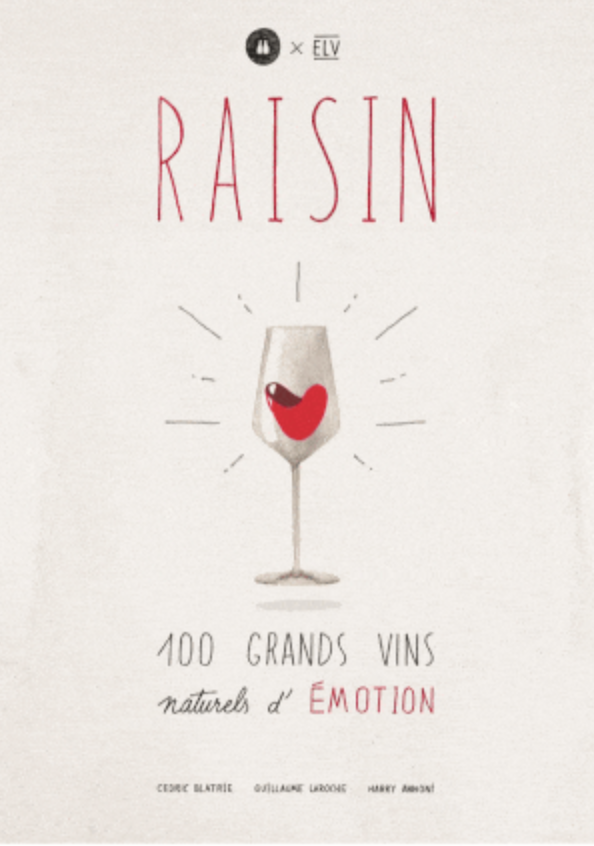
100 Grands Vins Naturel d’Emotion
I am currently translating several grower profiles for a book called 100 Grands Vins Naturel d’Emotion from Raisin. Recurrent themes are the unique voice of the vineyard, biodiversity, nature, energy, patience, respect, gentleness, precision, delicacy – biodynamics unites man/woman and nature in a common enterprise, and the winemaking follows the same natural course. Biodynamics, for some, is the window into the vineyard’s soul.

